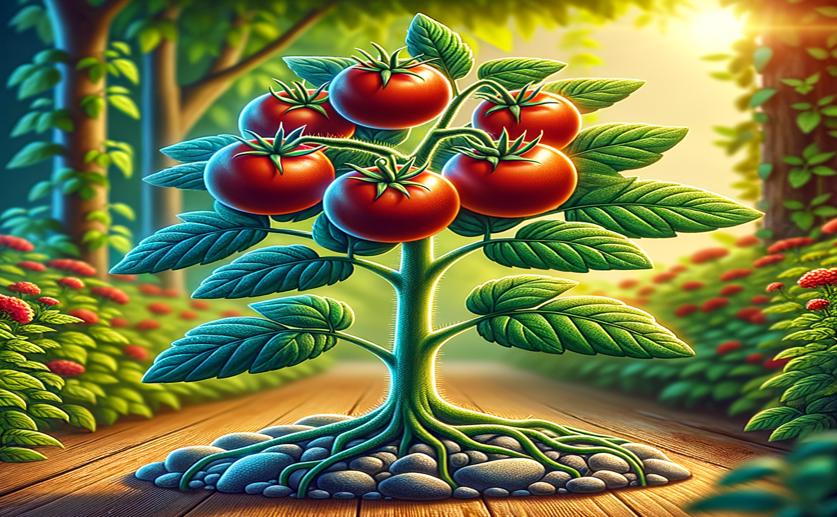
Boosting Tomato Genes Helps Plants Handle Cadmium by Managing Metal and Hormones
Jim Crocker
25th June, 2024

Image Source: Natural Science News, 2024
Key Findings
- The study from Harbin Normal University and Heilongjiang Academy of Agricultural Sciences focused on how plants withstand cadmium (Cd) stress
- Two specific genes in tomatoes, SlJMJ18 and SlJMJ23, were found to respond to heavy metal stress, including Cd
- Overexpressing SlJMJ18 in plants led to Cd resistance and early flowering, while SlJMJ23 overexpression showed Cd sensitivity initially but greater tolerance later
- These genes may help plants tolerate Cd by regulating hormone synthesis and increasing phenol content
References
Main Study
1) Overexpression of Histone Demethylase Gene SlJMJ18 and SlJMJ23 from Tomato Confers Cadmium Tolerance by Regulating Metal Transport and Hormone Synthesis in Arabidopsis.
Published 22nd June, 2024
https://doi.org/10.1016/j.plantsci.2024.112169
Related Studies
2) Cd-induced oxidative stress and lignification in the roots of two Vicia sativa L. varieties with different Cd tolerances.
3) Mechanisms to cope with arsenic or cadmium excess in plants.
4) Arabidopsis HMA2, a divalent heavy metal-transporting P(IB)-type ATPase, is involved in cytoplasmic Zn2+ homeostasis.
Journal: Plant physiology, Issue: Vol 136, Issue 3, Nov 2004



 21st June, 2024 | Jim Crocker
21st June, 2024 | Jim Crocker